Description
Cauliflower All Year Round
Cauliflower All Year Round A popular and reliable English Heirloom variety that can be sown and harvested in all the cauliflower periods, although, best planted in summer and overwintered for harvesting the following year. Ideal for succession sowing. The dwarf compact plants will make very large, tight heads and are one of the easiest to grow as well. Prefers a moist, rich well drained soil for optimum heads.
Cultivation Advice For Cauliflower All Year Round
- As the name suggests, Cauliflower ‘All Year Round’ is versatile and can be grown in various climates. It performs well in cool weather, making it suitable for both spring and fall plantings. In warmer regions, it can be grown in winter.
- Choose a well-draining, fertile soil enriched with organic matter. Cauliflower prefers a slightly acidic to neutral pH (around 6.0 to 7.0).
- Incorporate compost or well-rotted manure into the soil before planting to provide essential nutrients.
- Cauliflower prefers cooler temperatures for optimal growth. Aim to plant it in an area where temperatures range between 50°F to 75°F (10°C to 24°C). In hotter climates, providing shade during the hottest parts of the day may be beneficial.
- Start cauliflower seeds indoors 6-8 weeks before the last expected frost date. Transplant seedlings outdoors when they have developed several true leaves and are sturdy enough to handle outdoor conditions.
- Provide adequate spacing between cauliflower plants to allow for proper air circulation. This helps reduce the risk of diseases and encourages healthy growth.
- Follow the recommended spacing guidelines for the specific variety.
- Keep the soil consistently moist, especially during dry periods. Cauliflower plants need regular watering to prevent stress and ensure proper head development.
- Use a drip irrigation system or water at the base of the plant to keep the foliage dry and reduce the risk of diseases.
- Fertilize the soil with a balanced, all-purpose fertilizer before planting. Additionally, side-dress with a nitrogen-rich fertilizer when the plants are actively growing.
- Avoid excessive nitrogen during the head-forming stage, as this can lead to lush foliage at the expense of cauliflower head development.
- Apply a layer of organic mulch around the plants to retain soil moisture, suppress weeds, and regulate soil temperature. Mulching also helps protect the developing heads from direct sunlight.
- Cauliflower can be susceptible to pests such as aphids, cabbage worms, and slugs. Use row covers, neem oil, or insecticidal soap to protect the plants from pests. Companion planting with aromatic herbs like dill or mint can also help deter pests.
- Keep an eye out for common cauliflower diseases, such as clubroot or downy mildew. Choose disease-resistant varieties when possible, and practice crop rotation to minimize the risk of soil-borne diseases.
- Harvest cauliflower heads when they reach a desirable size and have a tight, compact curd. Harvesting too late may result in heads that are overmature and less flavorful.
- Use a sharp knife to cut the head cleanly from the plant.
- To ensure a continuous harvest, consider planting cauliflower in succession every 2-3 weeks. This staggered planting approach helps extend the harvesting period.
- If you want to blanch cauliflower heads to achieve a milder flavor and whiter appearance, tie the outer leaves together over the developing head. This process helps exclude sunlight and promotes uniform color.
- Cauliflower ‘All Year Round’ can be grown in containers. Use a large container with well-draining soil and ensure adequate spacing between plants. Container-grown plants may require more frequent watering.
- In regions with harsh winters, provide protection to cauliflower plants during late fall and winter. Use row covers, cloches, or other protective measures to shield plants from frost.
- Practice crop rotation to prevent soil-borne diseases. Avoid planting cauliflower or other brassicas in the same location for consecutive years.
- Periodically test the soil pH to ensure it remains in the optimal range. Adjust the pH as needed using lime or sulfur, as cauliflower prefers slightly acidic to neutral soil.
- In regions with mild winters, you can plant cauliflower in late summer for a fall or winter harvest. This allows the heads to develop during cooler weather, enhancing their quality.
- Explore different cauliflower varieties to diversify your harvest. Some varieties may have unique colors or flavors, adding visual interest and culinary variety to your garden.
- To deter cabbage worms, place floating row covers over young cauliflower plants until they are well-established. You can also use biological controls such as releasing parasitic wasps.
- Consider using organic pest control methods, such as neem oil or diatomaceous earth, to manage common pests without resorting to chemical pesticides.
- Midway through the growing season, consider providing another round of fertilization to support the cauliflower’s nutrient needs during the critical period of head development.
- Maintain consistent watering, especially during periods of dry weather. Cauliflower is sensitive to water stress, and consistent moisture helps prevent issues like buttoning (premature head formation).
- If practicing successive planting in containers, ensure each container is sufficiently large to support healthy root development. Refresh the potting mix between plantings to provide essential nutrients.
- When available, choose cauliflower varieties with resistance to common diseases prevalent in your region. Disease-resistant varieties can significantly reduce the risk of crop loss.
- Encourage natural predators such as ladybugs and predatory beetles, which feed on common cauliflower pests. A diverse and healthy garden ecosystem can help control pest populations.
- If harvesting cauliflower in the fall, ensure you have proper storage facilities. Cool and dry conditions are ideal for storing cauliflower heads.
- Don’t discard cauliflower leaves—they are edible and nutritious. Consider using them in salads or sautéing them for a delicious and healthy addition to your meals.


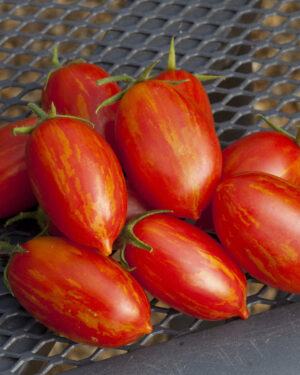

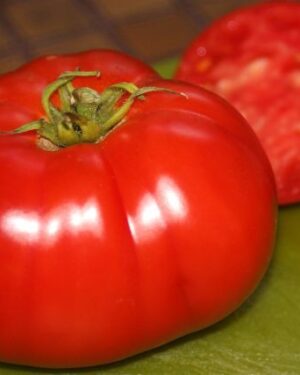
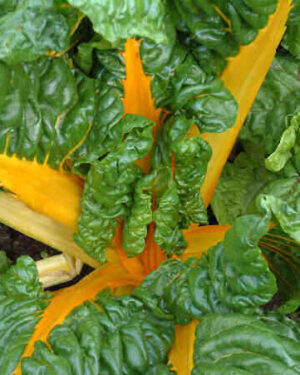
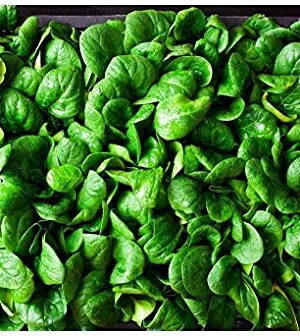
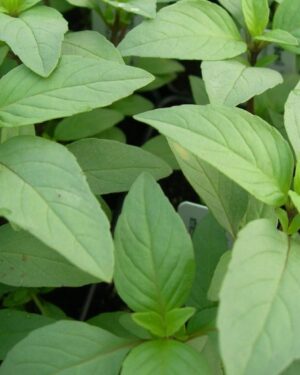
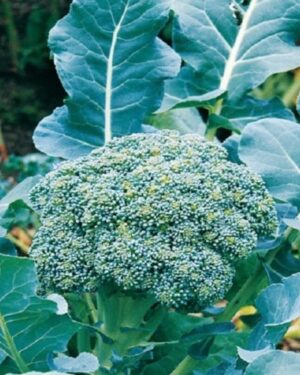
Reviews
There are no reviews yet.